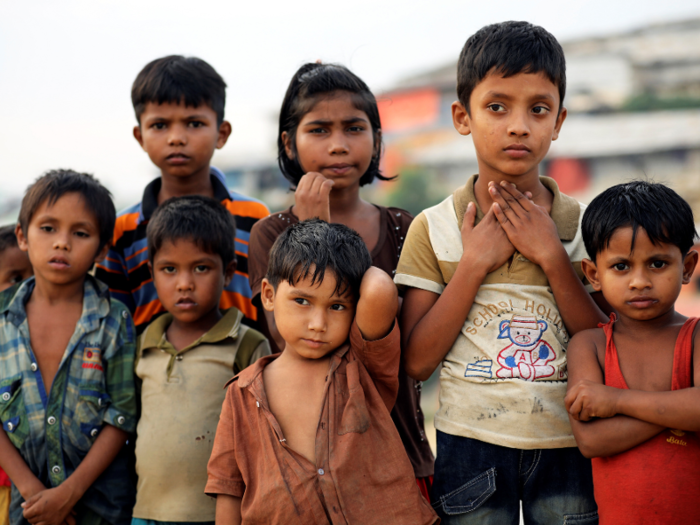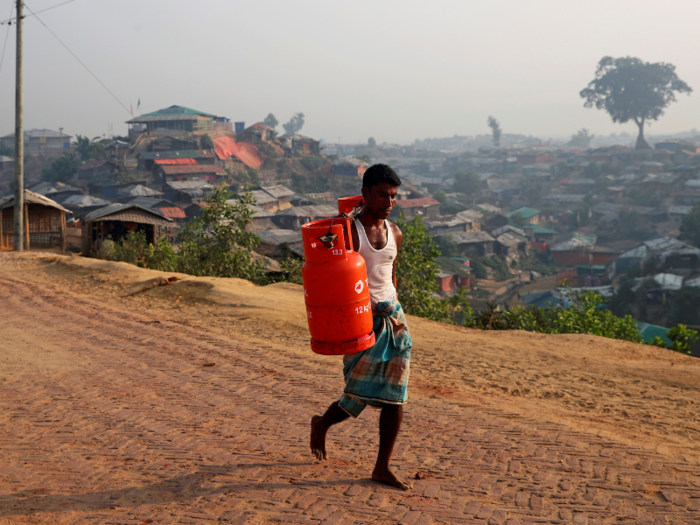- Home
- slideshows
- miscellaneous
- What life is like on the border of Myanmar and Bangladesh, where a UN-labeled 'genocide' has left 1 million refugees living in limbo
What life is like on the border of Myanmar and Bangladesh, where a UN-labeled 'genocide' has left 1 million refugees living in limbo
The Naf River, seen here in red, marks the boundary between Bangladesh and Myanmar. It's between one and two miles wide, and has a maximum depth of 400 feet.

At the border's southern tip is the Rakhine State, where much of the strife has occurred.
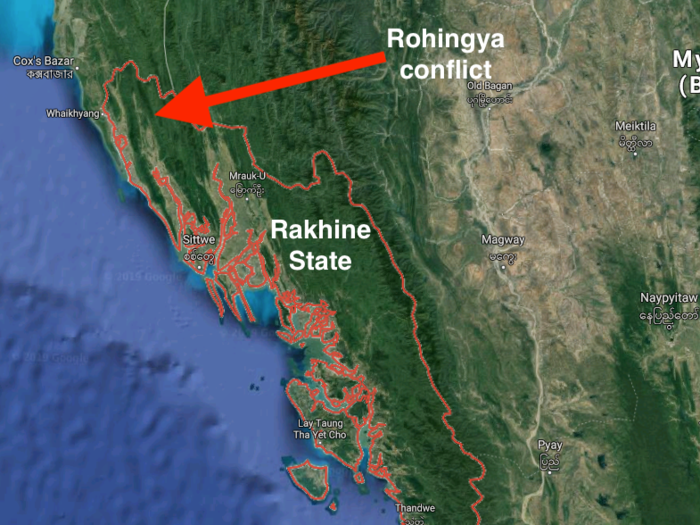
The Rohingya are a group of Muslims who primarily lived in Rakhine State, and numbered around 1 million in 2017. The name "Rohingya" surfaced in the 1950s, to provide them with a collective identity.
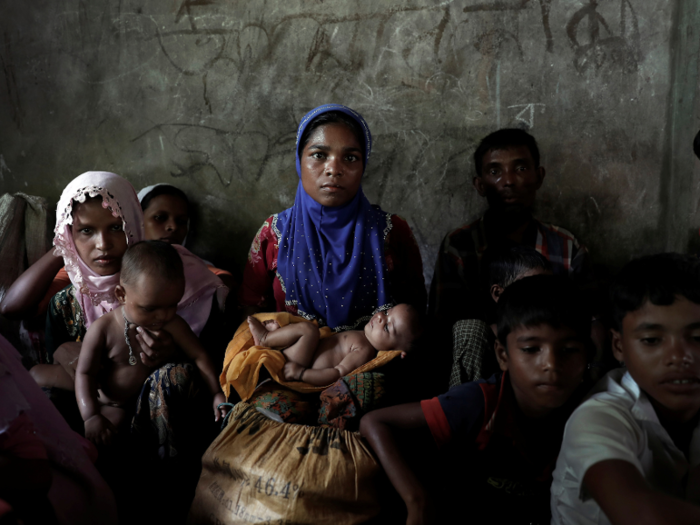
Source: BBC News
Muslims have been in Myanmar since the 15th century, but during British rule, the population tripled, after Muslims emigrated from Bengal to work. After British rule ended, the Myanmar government considered them illegal immigrants from Bangladesh. And in 1982, the government passed a law that effectively denies citizenship to the Rohingya, making them stateless.
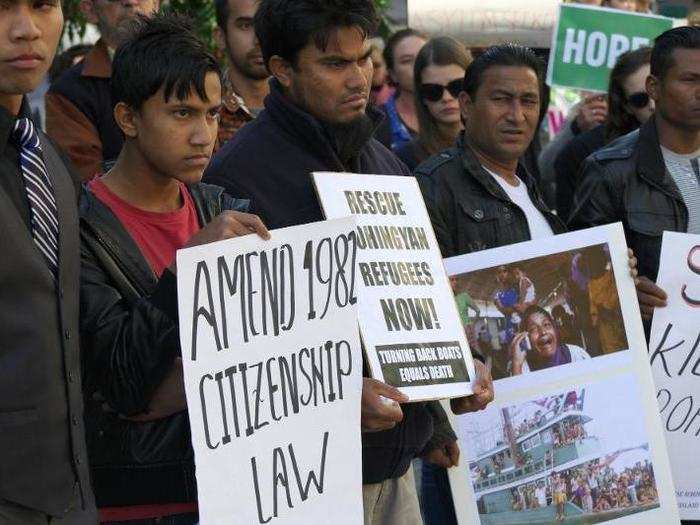
Sources: National Geographic, Human Rights Watch
One of the key routes refugees took to get into Bangladesh from Myanmar was over the Naf River. Seen here is a group crossing the river in 1992.
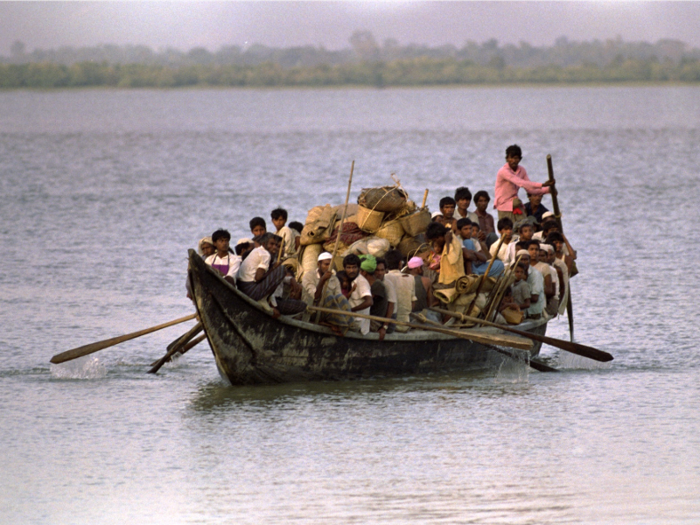
Sources: Reuters, Amnesty International
Roads that fleeing refugees have used near the river, like this one seen in 2018, are disintegrating after so much heavy use.
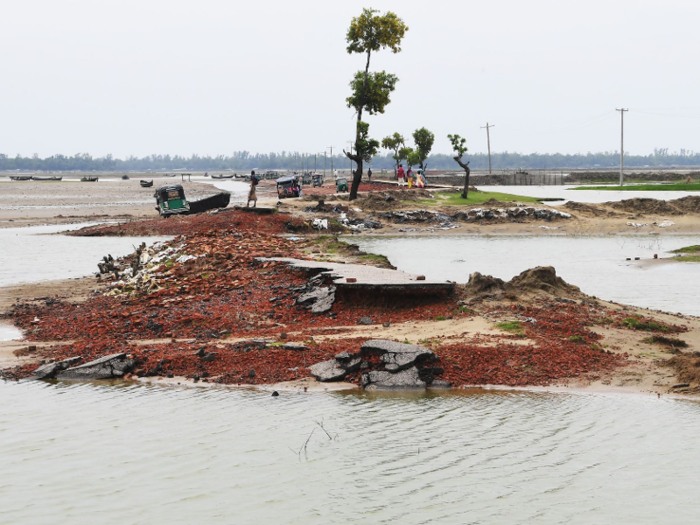
Myanmar's military have killed Rohingya people, destroyed their property, separated communities, imposed curfews, and enforced placement in camps.
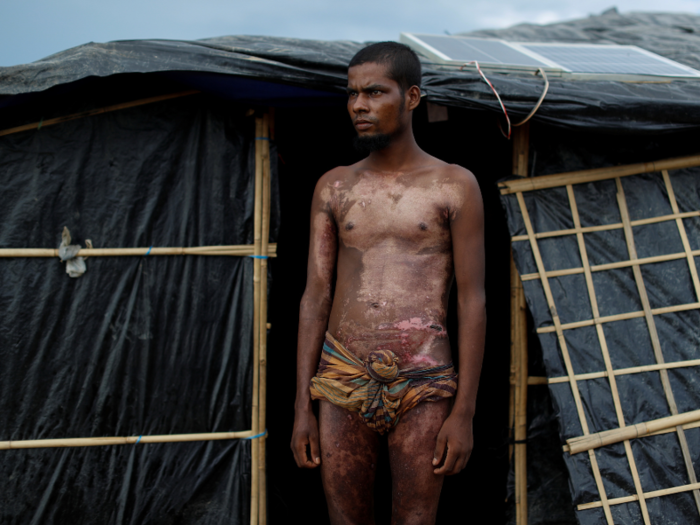
Sources: UNHRC, CFR, Amnesty International, National Geographic, Reuters
Since August 2017, hundreds of thousands of Rohingya have fled Myanmar, pouring into Bangladesh.
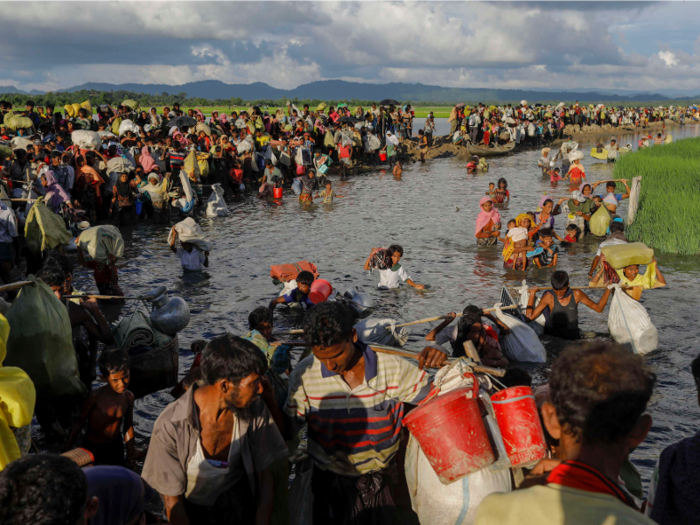
Source: Aljazeera
A fence also runs along the border between Bangladesh and Myanmar.
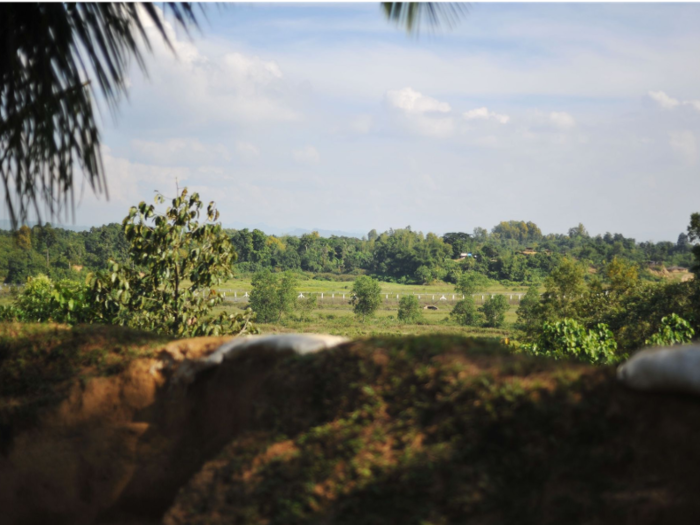
Parts of it are guarded, but refugees have still gotten through.
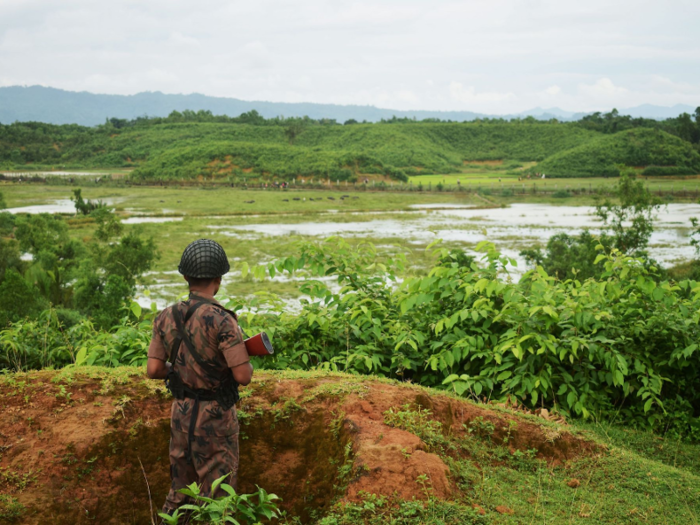
Bangladesh's military has also been stationed on islands in the Bay of Bengal to stop the flow of refugees. Seen here are paramilitary on their way to St. Martins Island.
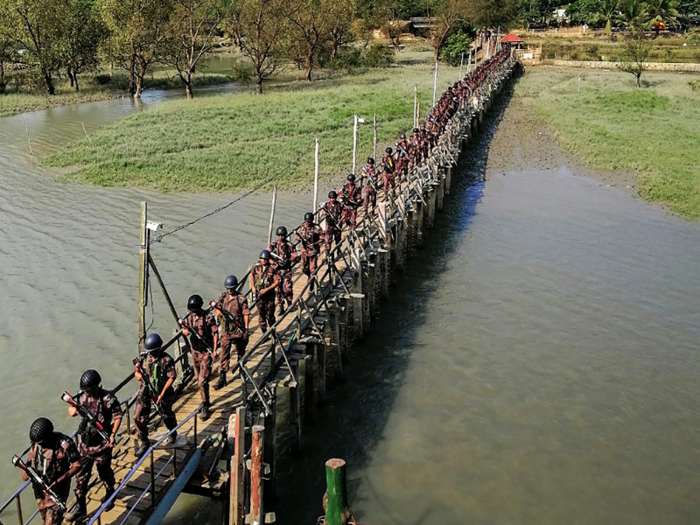
The city is right above the border of the two countries.
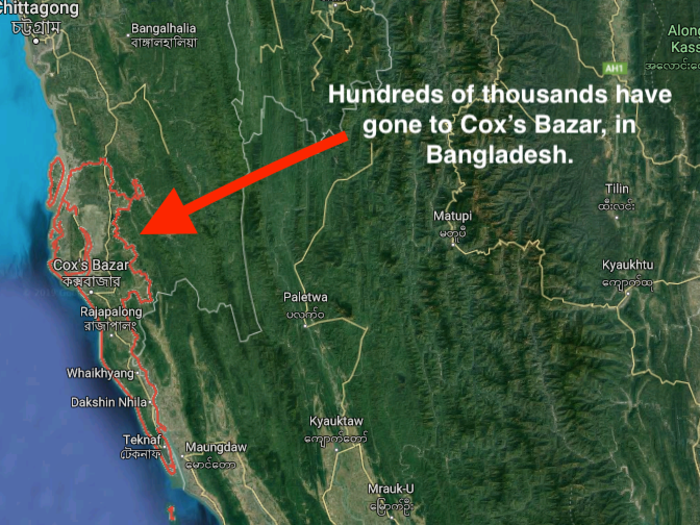
Cox's Bazar's camp has the most Rohingya refugees in the world. Seen here, it continues on into the distance.
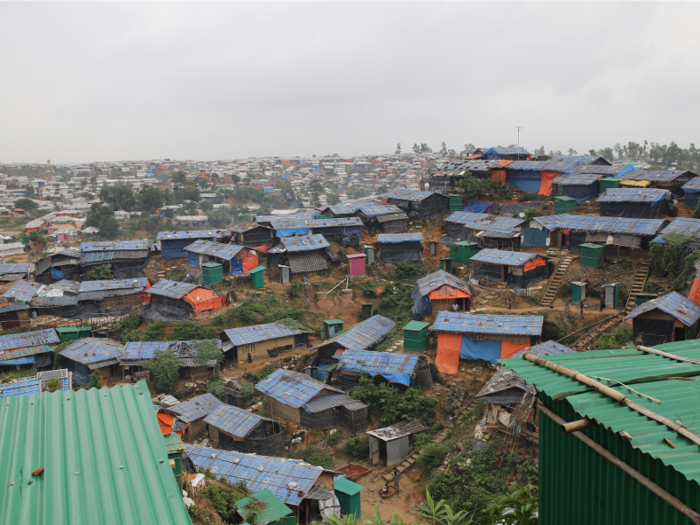
Bangladesh's government says it's temporary, and bans building permanent homes, so shelters are made from a mixture of plastic and bamboo.
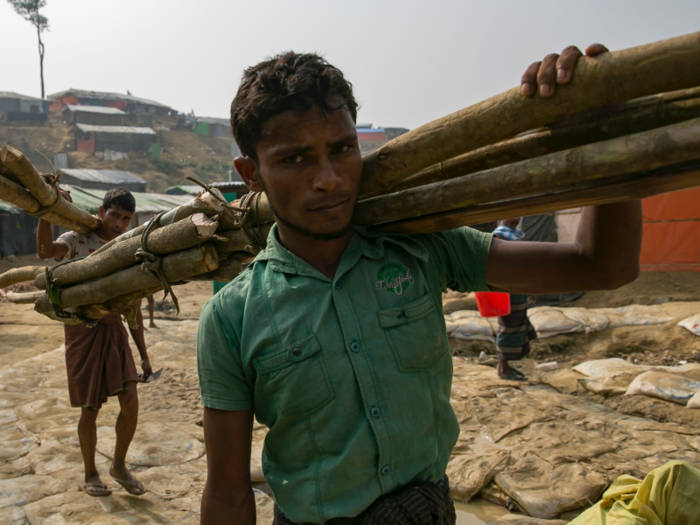
Source: NPR
Yet despite the Bangladesh government's intentions, the camps are slowly becoming more permanent. Bamboo bridges, like this one, have been built over waterways.

In the camps, life carries on as best it can. People play soccer.
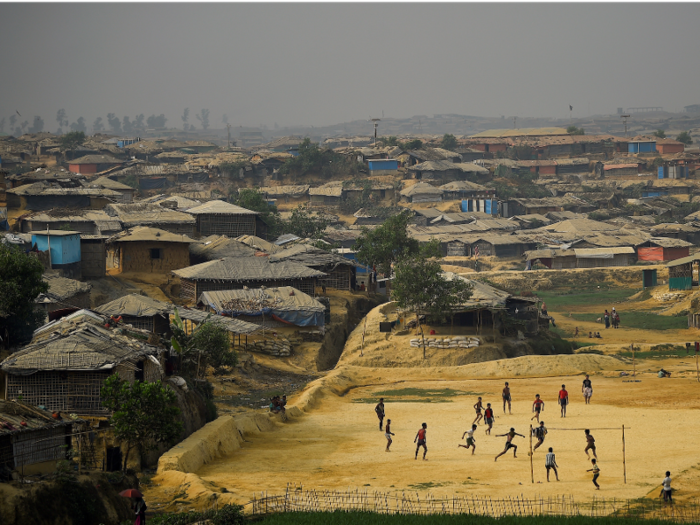
Religious classes are held in small groups. But official schools aren't allowed, because the Bangladesh government doesn't want kids getting used to the conditions, NPR reported.
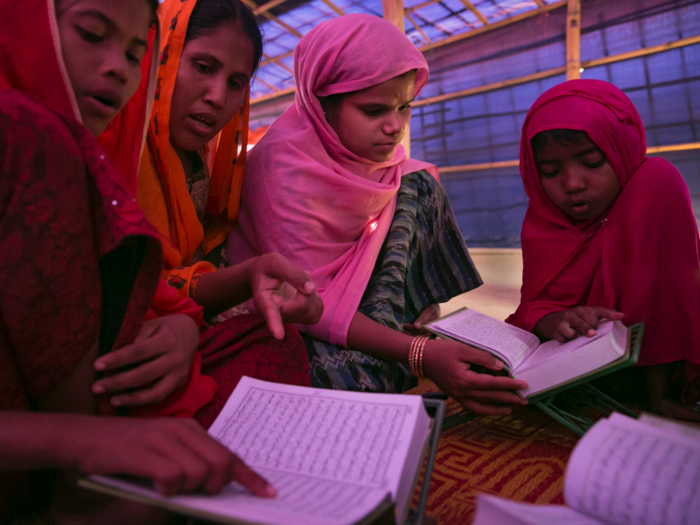
Source: NPR
Refugees clean their clothes in water holes.

Makeshift toilets have been erected, although they are clearly not built to last forever. The infrastructure of the 5-square-mile camp is stretched due to the number of refugees.
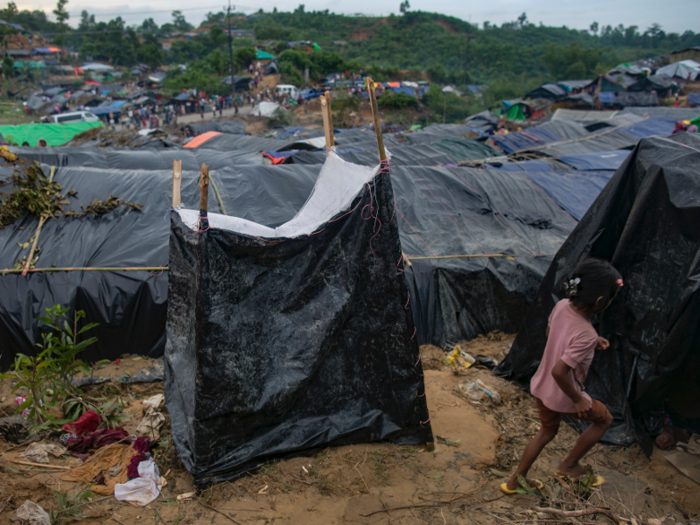
Source: UNHCR
The Rohingya refugees do their best to cook hot meals.
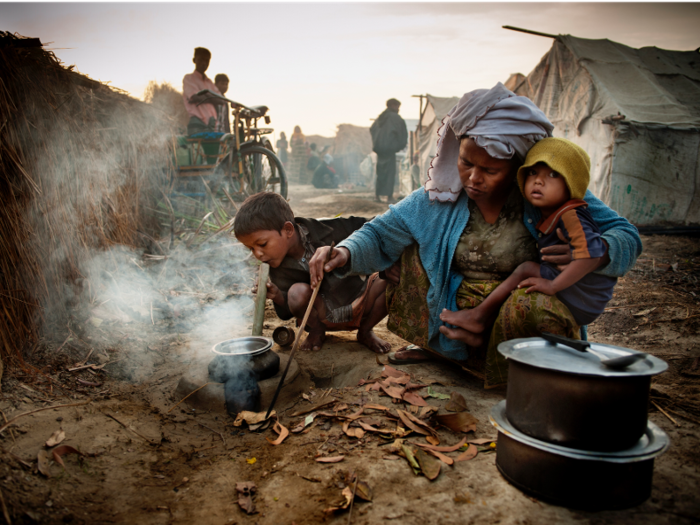
In the evening, a haze forms over the camp from cooking fires.
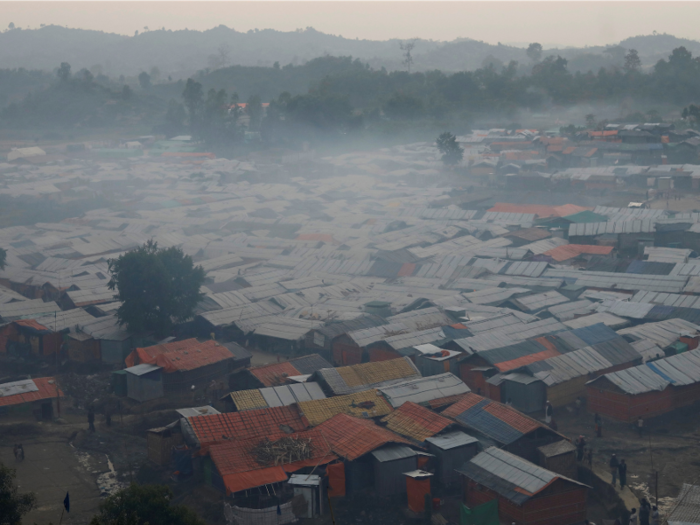
But getting firewood is not easy. In Cox's Bazar, refugees cut down trees to build shelters or to fuel fires, but without the foliage, landslides have plagued the camps.
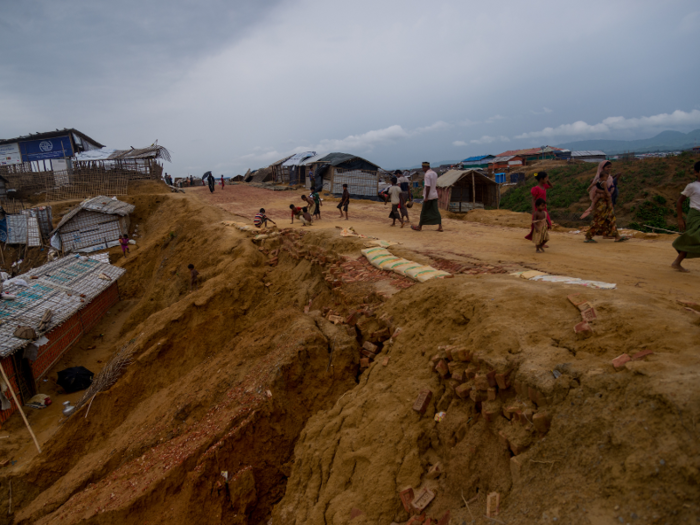
Source: BBC
But refugees have banded together to reinforce the hills against landslides.
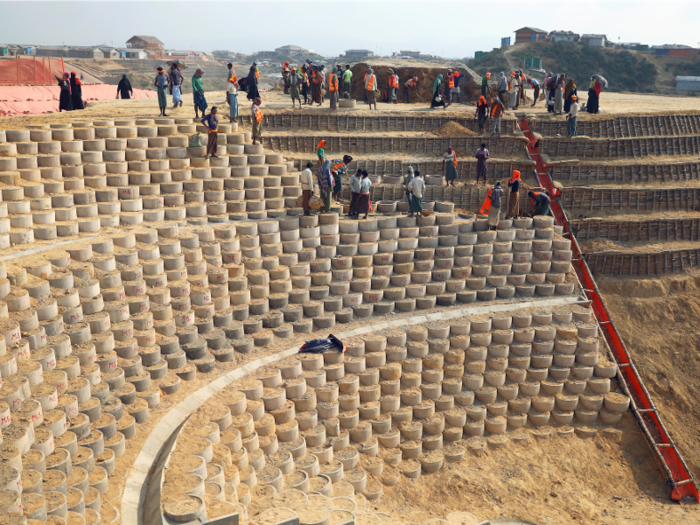
There is also limited medical aid in the camps, and most refugees from Myanmar were never vaccinated. The most common conditions affect refugee's respiratory systems, the skin, and the bowels.

Source: Doctors Without Borders
By April 2018, nearly 100,000 people had been treated for malnutrition. Aid groups estimate that 20% of the children in the refugee camps are malnourished.
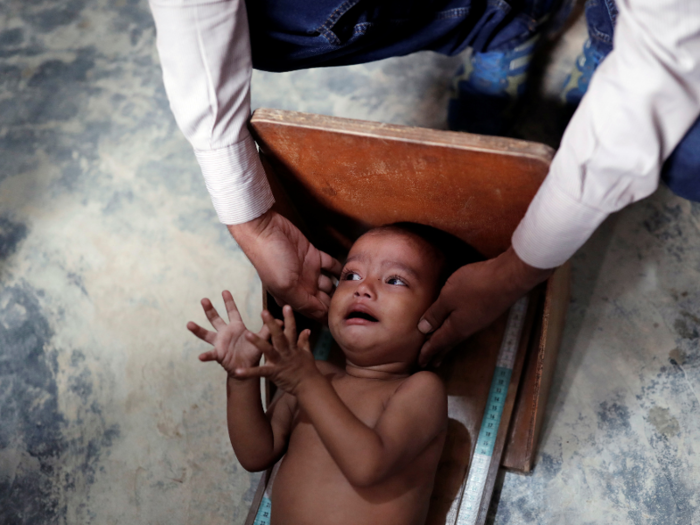
The Bangladesh government wants the Rohingya refugees to return to Myanmar, and at least one transit camp is ready for refugees. But very few have returned.
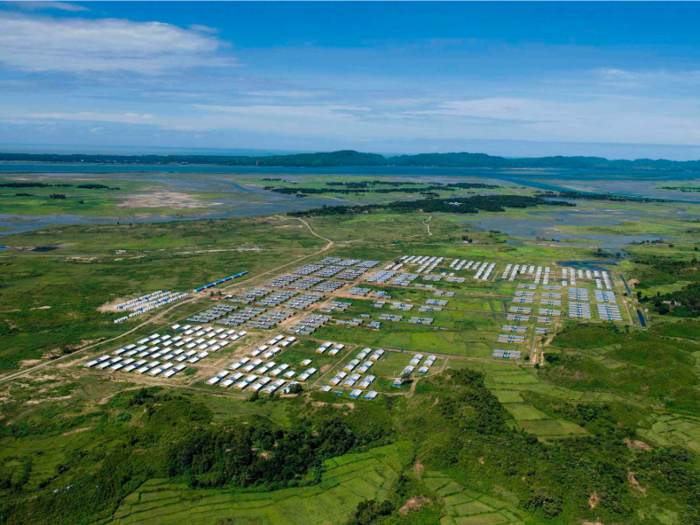
About 600,000 Rohingya never left Rakhine. But even so, many are still afraid to return because of concerns for their safety.
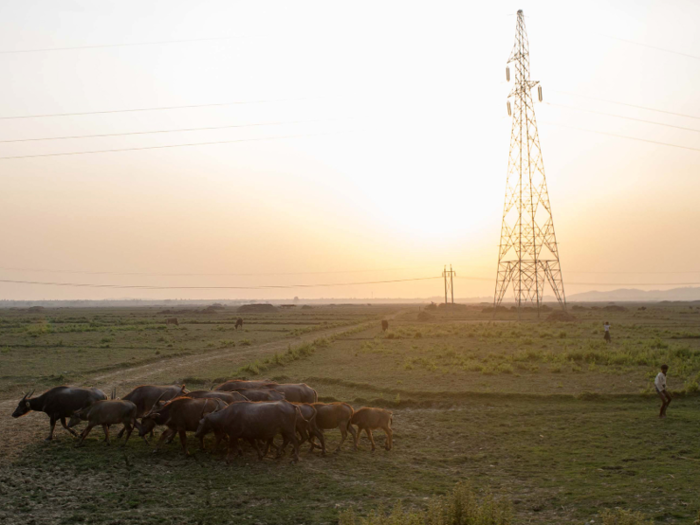
Sources: Wall Street Journal, NPR
Another solution is re-homing the Rohingya on an island a two-hour boat ride away from the mainland. But the island, which only emerged around 2006, is flat and formed from sediment. Moving people there would put them at the mercy of floods and storms. A strong cyclone at high tide could submerge the entire island.
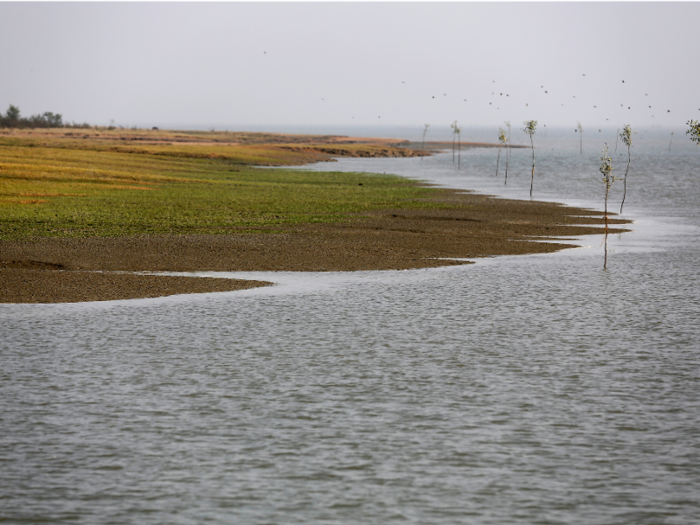
Source: Thomson Reuters, PBS
The border between Myanmar and Bangladesh is a tense place, and the Rohingya are caught in the middle.
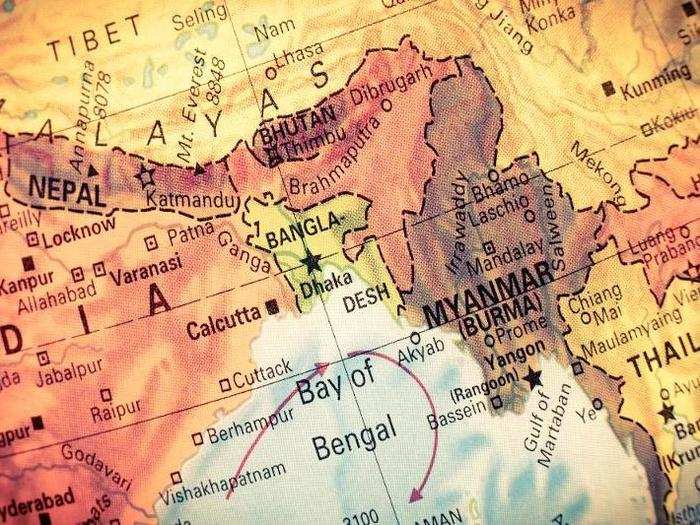
Popular Right Now
Popular Keywords
Advertisement
